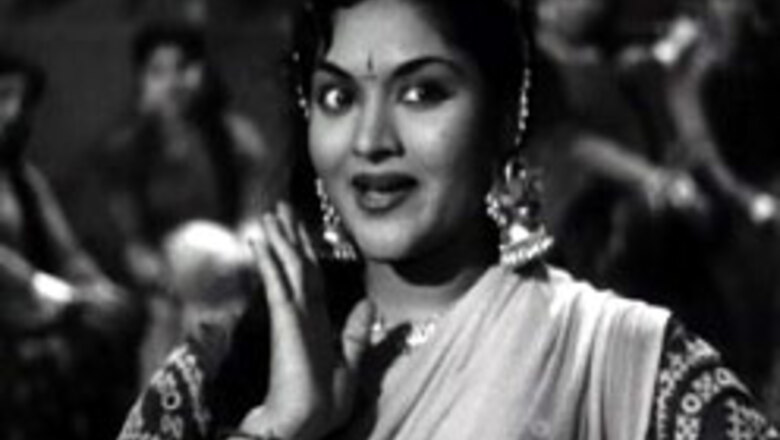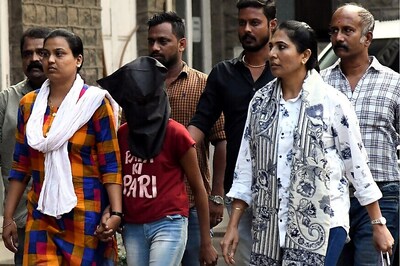
views
New Delhi: 1957 was the time of Naushad and Khyyam, the time when Bollywood in particular and music industry at large was dominated by melodies and harmonies and the medium for the melodies were the humble gramophones and LPs.
The melodious 50s and early 60s gave away to experimental 70s and the LPs made way for the magnetic tapes and after Kishore Kumar, the Indian music industry was taken by storm by R D Burman whose tunes were anything but the usual.
With path breaking tracks like Mehbooba in Sholay, he revolutionalised Hindi music, introducing ingenious sounds like ringing a glass in Chura Liya
The following decade became synonymous with the sound of disco, made popular by Bappi Lahiri who contributed Disco Dancer, Namak Halaal and Sharaabi.
Meanwhile, the compact disc had already been introduced in the Asian market in the early 1980s but it was not until the 90s that India felt its impact.
It was roughly the same time when Rahman arrived on the Indian music scene with his first film Roja and with his eclectic mix of melodies and percussions.
If a Rahman tune promised many sounds in one, then the compact disc promised many tracks in one. The CD made music software something easily accessible and available on the go.



















Comments
0 comment